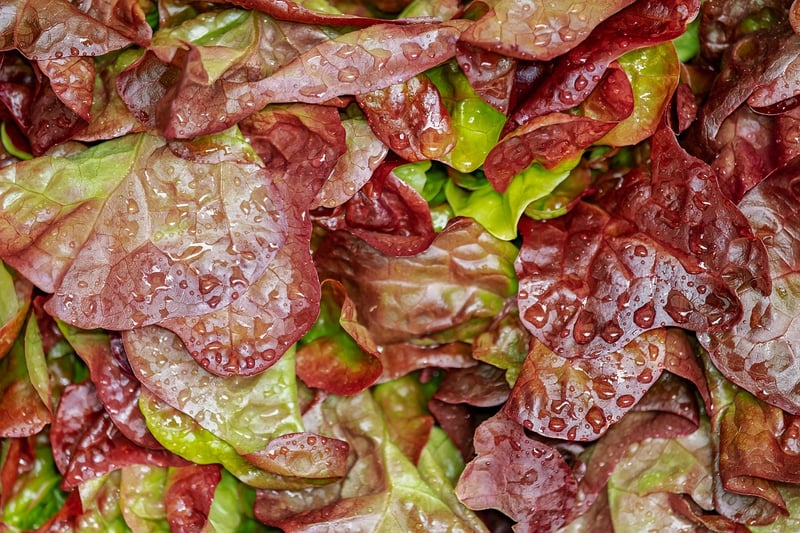Flavor Pairings
Harmonizing Diverse Tastes into Cohesive Dishes
Creating dishes that blend diverse tastes into a harmonious culinary experience is an art form that requires an understanding of flavor profiles, textures, and cultural influences. By combining contrasting elements thoughtfully, you can elevate your cooking to new levels and impress even the most discerning palates.
Understanding Flavor Pairings
One of the key aspects of harmonizing diverse tastes is understanding flavor pairings. Certain flavors naturally complement each other, while others create a delightful contrast that tantalizes the taste buds. Here are some classic examples of flavor pairings:
- Sweet and Savory: Combining sweet elements like honey or fruits with savory ingredients like cheese or meats creates a delicious balance.
- Spicy and Sweet: The heat from spicy ingredients can be beautifully offset by a touch of sweetness, creating a dynamic flavor profile.
- Acidic and Creamy: Ingredients with acidic notes, such as citrus or vinegar, can cut through creamy textures, adding brightness to a dish.
- Bitter and Rich: Bitter greens or coffee can complement rich, fatty foods by providing a contrast that enhances the overall flavor.
Experimenting with Global Cuisines
Exploring different global cuisines is a fantastic way to discover new flavor combinations and techniques. For example, Thai cuisine often balances sweet, sour, salty, and spicy flavors in a single dish, creating a complex and harmonious taste profile. Similarly, Italian cuisine focuses on fresh, high-quality ingredients that shine through simple preparations.
By incorporating elements from various cuisines into your cooking, you can create dishes that are not only delicious but also culturally rich and diverse.
Visual Presentation and Textures
Aside from flavor pairings, the visual presentation of a dish and its textures play a crucial role in harmonizing diverse tastes. A well-plated dish that combines different colors, shapes, and textures can enhance the overall dining experience.
Consider incorporating elements like crispy garnishes for texture contrast or using vibrant ingredients to create visually appealing dishes that are as delightful to look at as they are to eat.
Conclusion
Harmonizing diverse tastes into cohesive dishes is a creative and rewarding process that allows you to explore the endless possibilities of flavors and ingredients. By understanding flavor pairings, experimenting with global cuisines, and paying attention to visual presentation and textures, you can elevate your cooking and create memorable dining experiences for yourself and others.

Image source: Pixabay
